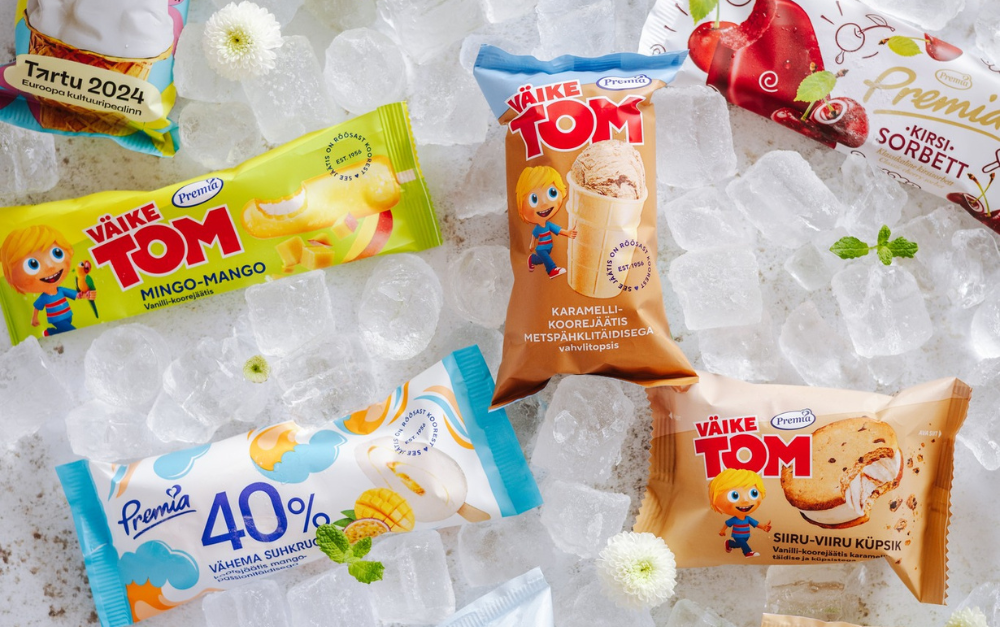According to Kaido Salurand, CEO of Balbiino, a large part of the environmental footprint in ice-cream production is plastic packaging for which the company has been trying to find more sustainable alternatives for years. “Discussing our needs with our good partner and packaging manufacturer Estiko, we developed a unique packaging in the ice-cream market containing 50% of materials that have already been used.* What is more – this change comes without losing the opportunity to recycle this packaging again,” said Salurand.

Environmentally Friendly Options
The first products wrapped in this innovative packaging will be Onu Eskimo’s ice-cream popsicles, cones, and cups. In the future, Balbiino plans to pack all its impulse products in a more environmentally friendly packaging. “In one year, Onu Estiko uses 7,000 kilograms of packaging for ice-cream popsicles and cones. Thanks to this change, further reduction of primary plastic production will be halved. We are also pleased that this unique 50-50 packaging can later be recycled again,” said Salurand.
According to Estiko-Plastar’s CEO Meelis Jürgens, more and more companies use recycled and renewable raw materials in the packaging of their products. “We are very pleased to be a cooperative partner and a leader in this process,” said Jürgens.
The new ice-cream package is not the only innovation on the market with Onu Eskimo’s ice-cream this year. The look and content of the ice-cream series dedicated to the legendary ice-cream master Evald Rooma, also known as Uncle Eskimo has also changed. “In the spring of this year, we are giving the beloved ice-cream series a whole new packaging, look, and flavours. All that remains is Onu Eskimo’s name which carries almost a century-long Estonian ice-cream traditions and a valuable food culture,” said Salurand. Onu Eskimo’s selection includes wafer cones and ice-cream popsicles with many different flavours.
In addition to reducing the amount of plastic, Balbiino has made many environmentally friendly investments in recent years which significantly reduce water and energy consumption. Every year, almost nine tonnes of production residues are sent to the agricultural sector for animal feed, thus promoting the circular economy. In addition, all plastics and carton produced on site are being recycled and energy-saving LED lamps are used everywhere in the building.
*by using mass balance principle
Find out more about Estiko’s packaging solutions for cheese & dairy.





